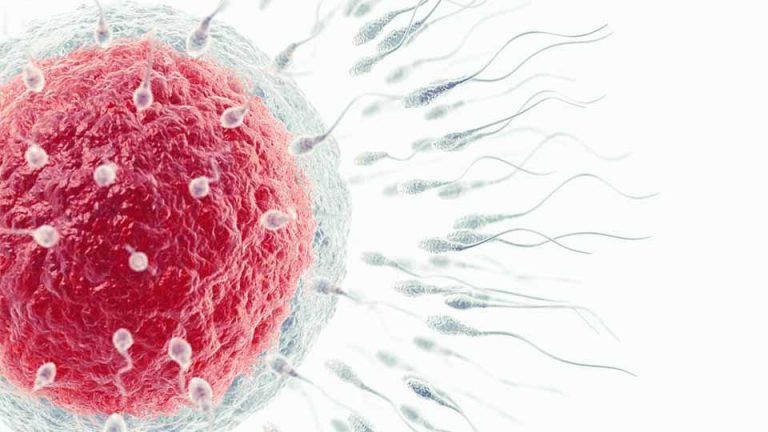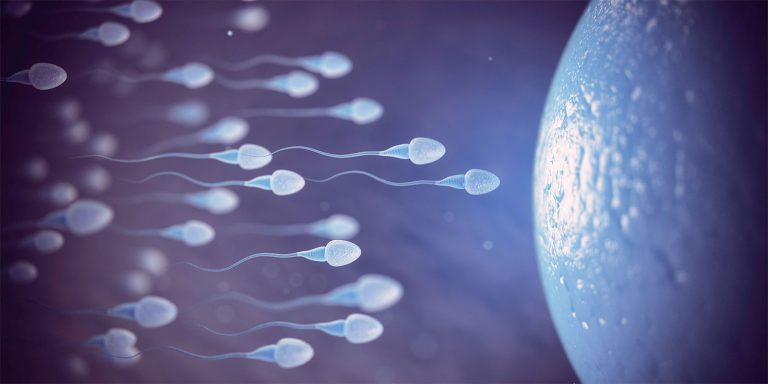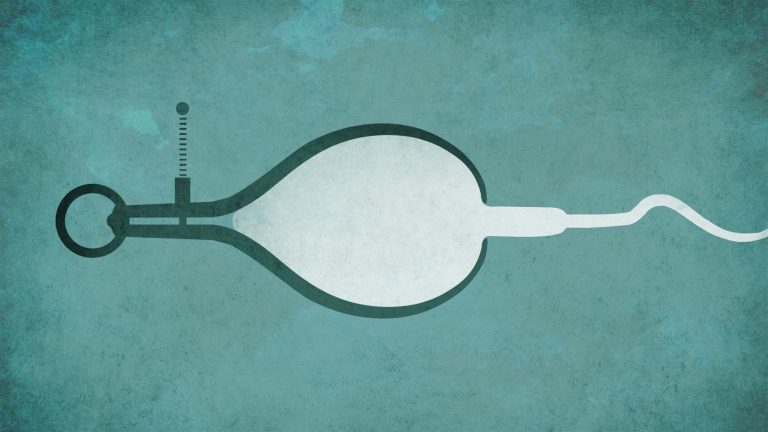What is TESE?
Microscopic testicular sperm extraction (TESE) is a surgical procedure used to obtain sperm from the testes when there is insufficient sperm in the ejaculate. If viable sperm is extracted during this procedure, its can then be used to conceive a baby using in-vitro fertilization (IVF) or intracytoplasmic sperm injection (ICSI).
When is Micro TESE Used?
TESE is used in the case of azoospermia, a condition in which viable sperm are not available in the ejaculate. Azoospermia can result from obstructive or non-obstructive causes.
TESE can help men with azoospermia avoid the need to use a sperm donor and father a genetically related child. Despite lacking sperm in their ejaculate, men with azoospermia may still have viable sperm residing in their testes. For example, approximately 50% of men with non-obstructive azoospermia, still have some, albeit minimal, sperm production in their testes.
If you are willing and able to undergo ICSI, you only need one good sperm to have a chance.
Additional uses for TESE can be to preserve future fertility in the setting of cancer treatment that may interfere with sperm viability or if conventional vasectomy reversal surgery has been unsuccessful.
TESE is an important addition to fertility treatment as demonstrated by these statistics:
- Approximately 1% of men have azoospermia
- 10 to 20% of men who present to an infertility clinic have azoospermia
- 2-6% of men who have undergone a vasectomy will eventually seek a reversal
The TESE Procedure
Conventional TESE is a simple procedure in which a male is given local anesthesia and then a small incision is made in the testes and a tissue sample is removed in order to extract sperm. This is typically only used for men with obstructive azoospermia, meaning there is plenty of sperm being produced, it just isn’t making it into the ejaculate.
Micro TESE is a more advanced version used in the case of non-obstructive azoospermia, because a physician will need to locate far fewer sperm within the testes. In micro TESE, the patient is given general anesthesia, a small incision is made, and a microscope is then inserted to look for any sperm present.
Just as intended, micro TESE does offer some clinical advantages over TESE:
- Higher sperm retrieval rates
- Reduced acute post-operative complications
- Fewer chronic changes to testicular function
- Fewer complication seen on ultrasound
Micro TESE Success Rates
According to the University of Utah, “Sperm is found approximately 70% of the time in the microTESE procedure.”
In one head to head comparison of TESE and micro TESE in men with non-obstructive azoospermia, the successful sperm retrieval rates were 32% and 57% respectively.
However, successfully extracting sperm does not mean there will be a successful pregnancy. The amount of sperm recovered and the success rate of ICSI also need to be considered.
Micro TESE Cost
An examination of several clinics across the U.S. shows a typical cost for Micro TESE appears to be around $2500-$5000, although this can vary widely by clinic.







